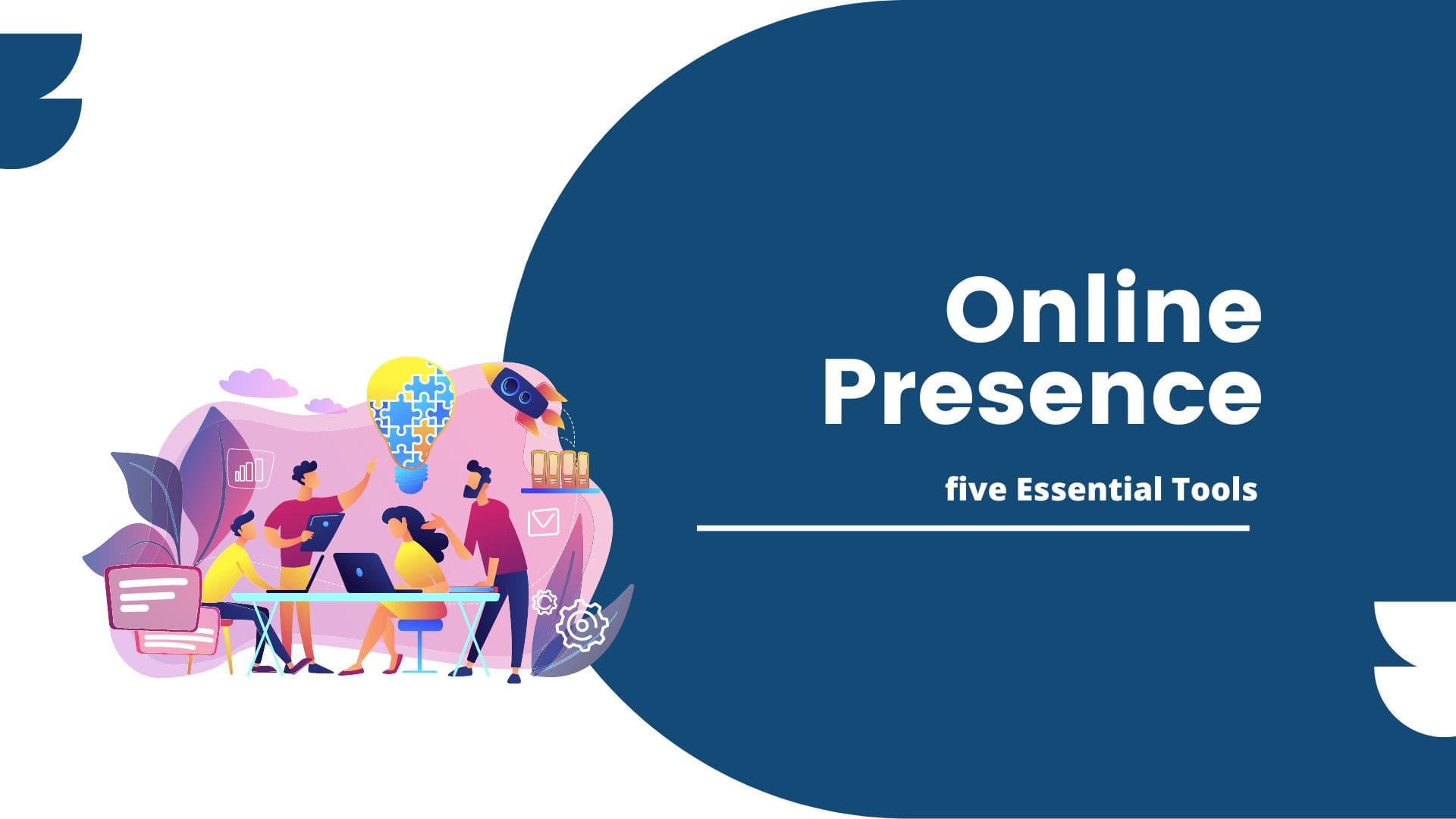
In today’s digital age, managing your online presence is crucial for the success of your small business. A strong online presence can help you attract new customers, engage with existing ones, and ultimately grow your business. In this article, we will discuss five essential tools for managing your online presence, from tracking your website’s performance to optimizing your social media strategy.
Before diving into the tools, it’s important to understand that an effective online presence management strategy involves a combination of website optimization, social media management, and reputation management. The SMB Hub offers various resources and products to help you achieve your goals in these areas.
Whether you’re a seasoned professional or a beginner in digital marketing, Google Analytics is an essential tool for tracking and analyzing your website’s performance. It provides insights into your website’s traffic, user behavior, and conversions.
To get started with Google Analytics, sign up for a free account and add the tracking code to your website. Once installed, you can access valuable data such as:
By monitoring these metrics, you can make data-driven decisions to improve your website’s performance and user experience. For a more comprehensive understanding of your online presence, consider integrating Google Analytics with The SMB Hub’s business dashboard.
Social media platforms are a powerful way to reach your target audience, build brand awareness, and engage with your customers. However, managing multiple social media accounts can be time-consuming and overwhelming. SocialHUB is a social media management tool that allows you to schedule and publish content, monitor engagement, and track performance across multiple platforms from one central dashboard.
To get started with SocialHUB, sign up for an account and connect your social media profiles. Then, create and schedule posts for platforms like Facebook, Twitter, Instagram, and LinkedIn. For tips on improving the quality and shareability of your social media posts, check out this SMB Hub blog post.
Additionally, SocialHUB offers features like social listening and analytics, which can help you better understand your audience and optimize your social media strategy. For a more comprehensive solution, consider The SMB Hub’s social marketing services.
For local businesses, having a strong presence on Google is crucial for attracting customers and driving foot traffic. Google My Business enables you to create and optimize a listing for your business on Google Maps and Google Search, making it easier for customers to find you.
To claim and optimize your Google My Business listing, follow these steps:
Once your listing is live, it’s essential to actively manage your online reputation by responding to reviews and customer inquiries. For more information on reputation management, explore The SMB Hub’s reputation management services and read this blog post.
Visual content is a powerful way to capture attention, convey information, and drive engagement on your website and social media platforms. Canva is a user-friendly graphic design tool that helps you create eye-catching images, graphics, and infographics for your online presence.
With Canva, you can choose from a wide variety of templates, fonts, and design elements to create:
Canva also offers a free plan with access to thousands of templates and design elements, making it a cost-effective option for small businesses.
Search Engine Optimization (SEO) is a critical aspect of managing your online presence. By optimizing your website for search engines, you can increase your visibility and drive organic traffic. SEMRush is a powerful SEO tool that helps you conduct keyword research, analyze your competitors, and optimize your website’s content and technical performance.
To get started with SEMRush, sign up for an account and use features like:
By using SEMRush to optimize your website for search engines, you can improve your online visibility and attract more customers to your business.
Managing your online presence is an ongoing process that requires the right tools and strategies. By leveraging tools like Google Analytics, Hootsuite, Google My Business, Canva, and SEMRush, you can effectively manage and optimize your website, social media accounts, and online reputation. Don’t wait to start using these tools – the sooner you begin, the faster you’ll see results and growth for your small business.
What if I don’t have a website, can I still use these tools?
While some tools like Google My Business and Hootsuite can be used without a website, having a website is essential for a complete online presence. A website serves as the central hub for your online activities and enables you to showcase your products or services, collect leads, and share valuable content with your audience.
Are there any free alternatives to these tools?
Yes, several free alternatives are available. For example, Google Analytics and Canva offer free plans with limited features. For social media management, you can use tools like Buffer or TweetDeck. For SEO, consider trying free tools like Ubersuggest or the Google Search Console.
Do I need to be a marketing expert to use these tools?
No, the tools mentioned in this article are user-friendly and designed for users with varying levels of marketing expertise. With a little practice and ongoing learning, you can effectively utilize these tools to manage and optimize your online presence.
How often should I be using these tools to manage my online presence?
It’s essential to monitor your online presence regularly and make adjustments as needed. Ideally, you should check your website analytics, social media engagement, and reputation management at least once a week. For SEO, conduct keyword research and website audits at least once a month or whenever you publish new content.
Can I use these tools for personal branding or just business purposes?
These tools can be used for both personal branding and business purposes. Whether you’re an entrepreneur, freelancer, or job seeker, a strong online presence can help you establish credibility, showcase your skills, and attract new opportunities.
You must be logged in to post a comment.
